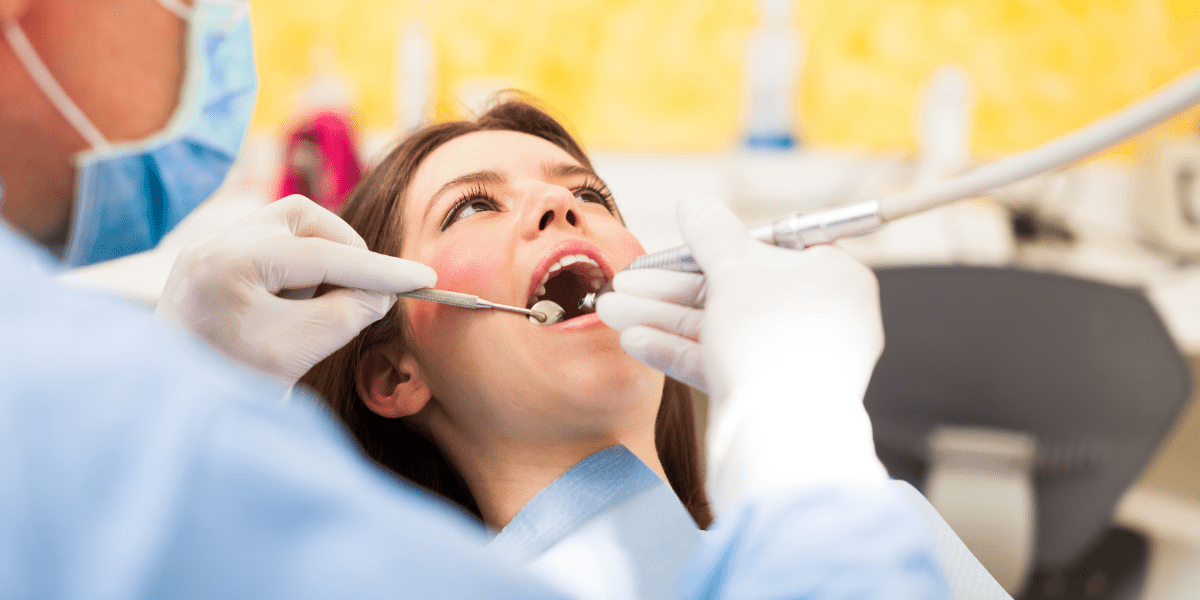Whether you operate a single chair practice or a multi-location group, they all share a common attribute; ultimately, all dental practices are businesses. The longevity and the success of every business depend on profitability. The more profitable a dental practice, the more that can be reinvested into the business to ensure that you provide the best patient care.
For a successful dental practice, profitability and Practice Production go hand in hand. In this article, we explore what Practice Production is, what makes up production and how to increase productivity through Treatment Service Mix, thereby increase profitability to grow your practice.
While there are many definitions for Dental Practice Production, we will be looking at it from a practice management software and business intelligence perspective. In the simplest terms, Production means how much you invoice your patients. The invoice figure is at its core, whether you are looking at KPIs such as Daily Production, Hourly Production, Production per Provider or Production per Patient.
When looking at what makes up Total Practice Production, the formula is quite simple: some call it Production Formula while others call it Profitability formula.
Total Practice Production = Number of Hours X Hourly Production
As you can see, Total Practice Production comprises two elements: one is finite, and the other is not so much. Let’s look at each in detail. When looking at the number of hours, it goes without saying that every practice must aim for the maximum possible chair utilisation. Chair utilisation in itself is a broad subject that we will not cover in this article but let’s assume that dental practices have near-perfect chair utilisation.
There is a finite number of hours in the day, and therefore one can only increase their work hours to a certain extent in their quest to increase productivity and thereby grow their practice. What can really make a change to the Total Practice Production is the Hourly Production. While there is a myriad of ways to increase Hourly Production, it is important to understand its make up before delving into any strategy. The most important metric in understanding Hourly Production is Treatment Service Mix, how much each category contributes to the revenue and the time of the practice.
Although most practice owners who are familiar with the concept of Treatment Service Mix limit their analysis to Treatment Revenue Mix, it is equally important to understand Treatment Time Mix (how much time you spent on a particular type of treatment) to see the full picture. Let’s look at an example from a fictional “XYZ Dental Practice”.

The chart on the left informs us how each treatment category breaks down the revenue, while the chart on the right shows the time breakdown for the same categories. Together, Treatment Revenue Mix and Treatment Time Mix form Treatment Service Mix. We can see here that the time XYZ Dental Practice spends on each treatment category is not proportional to the revenue generated by the respective category. This is a prime example of the opportunities at a practice to improve Hourly Production and thereby increase Practice Production while working a finite number of hours.
Understanding the Treatment Service Mix at a dental practice allows the practice managers to recognise and reduce the number of hours spent on low-production treatment categories while maximising production per hour. The service mix allows the practice not only to understand past trends but also to create future strategies for growth.
We hope the next time you look at your Practice Production, you will do so with a deeper understanding of what makes up production and how Treatment Service Mix directly impacts maximising production.
About the Author
Sean Perera has 18 years of experience in the Australian Dental Information System industry and currently works as the Product Manager for Centaur’s flagship products, Dental4Windows and Dental4Web. Sean holds a Bachelor of Applied Science from RMIT University and a Master of Business Administration from Swinburne University.
Sean is a passionate data analyst who loves everything data. Sean spends most of his time doting on his little daughter Amelia outside work.

